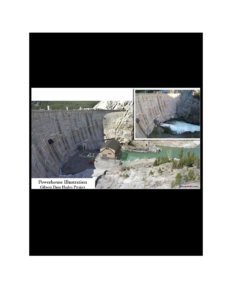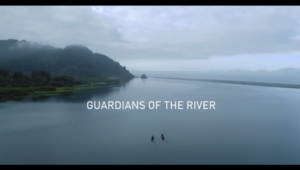Snake River Flows Secured, For Now
Near the dramatic jagged peaks of the Teton mountains sits Jackson Lake Dam.
Built in the early 1900s by the Bureau of Reclamation to control lake levels for irrigation in Idaho and reduce flooding for a rising local population, Jackson Lake Dam drives water into the Snake River and its interconnected aquatic ecosystem.
The Snake River Headwaters provide critical habitat for one of the most resilient and intact cutthroat trout fisheries in the lower 48 and are a core economic driver for the regional economy, generating over $20M in fishing-based revenue annually.
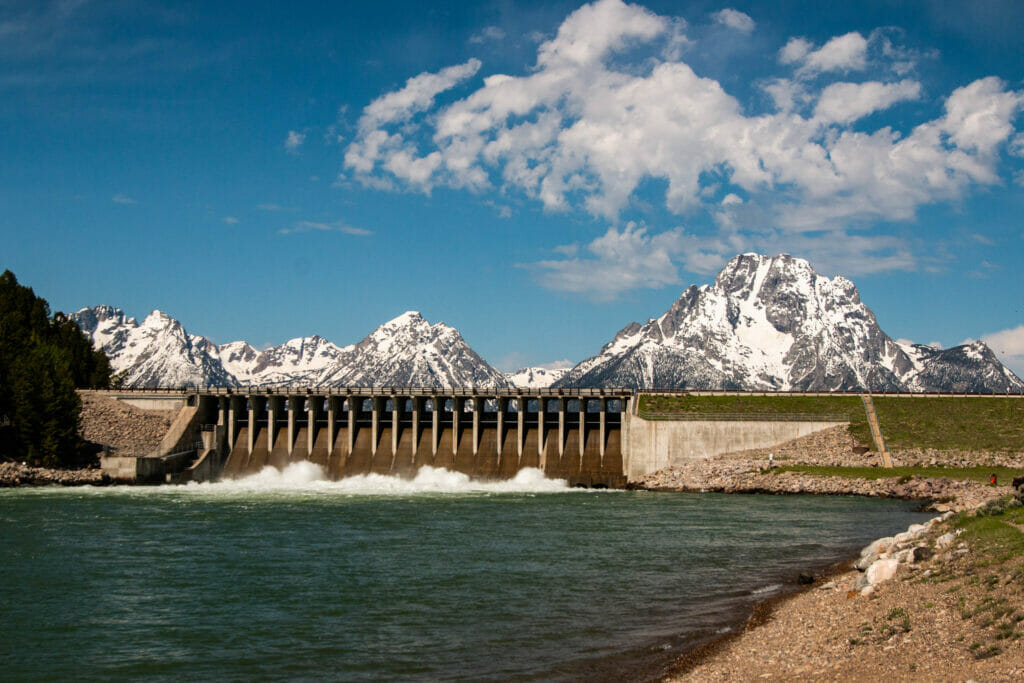
Proposed reduction in water flows from Jackson Lake Dam
The region, known for its iconic landscape, treasured public lands (including Grand Teton National Park and Bridger-Teton National Forest) and incomparable outdoor recreation opportunities, experienced an above average snowfall this winter right on the heels of back-to-back drought years that nearly drained Jackson Lake dry.
This complex water management situation – high snowpack following several years of drought, left Jackson Lake the only reservoir with available space to store water for the upcoming irrigation season – caused the Bureau of Reclamation (BOR) to propose a reduction in flows from Jackson Lake Dam this spring. The reduction would cut flows to 50 cfs, well below the 280 cfs minimum established by the Wyoming Game and Fish Department.
Flows from Jackson Lake have not gone below 280 cfs since the late 1980s, when Senator John Turner, Wyoming Governor Mike Sullivan, state agencies, and the BOR – with advocacy from the local Jackson Hole TU chapter (JHTU) – agreed on the purchase of a 33,000 acre-feet storage water right owned by the State of Wyoming to guarantee a minimum flow needed for the fishery to survive.
Not only would the reduction in flow have caused widespread detriment to the Snake River ecosystem and native trout fishery, but it also would likely have completely drain Oxbow Bend in Grand Teton National Park, a crescent-shaped section of river considered a national treasure and symbol of the community’s rich natural resources.

Coming together to protect the Snake River ecosystem and native cutthroat trout
In the week leading up to May 10th, the day that flows were scheduled to be cut by the Bureau of Reclamation, Trout Unlimited along with many partners and community members leapt into action. Everyone from TU’s President and CEO Chris Wood to local and state staff, and JHTU chapter volunteers worked together to urge decision-makers to maintain 280 cfs flows. Through personal phone calls, action alert responses, partner meetings, social media, and press statements, “One TU” came together to advocate on behalf of the Snake River and its unparalleled native trout fishery.
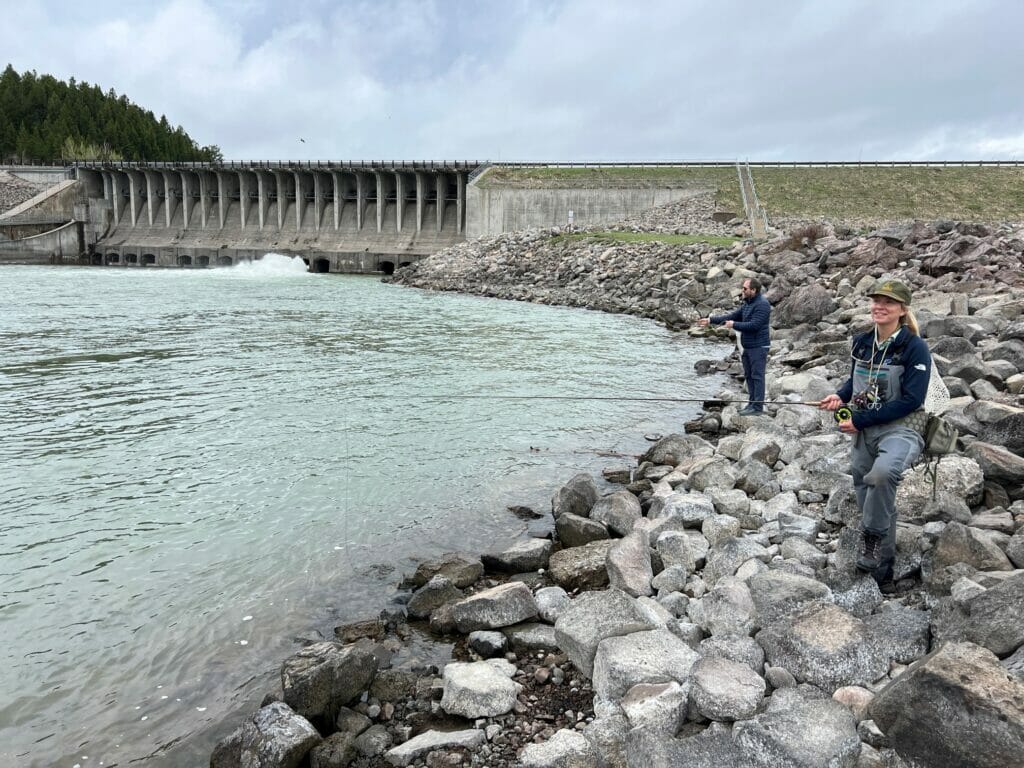
That same week, the new Snake River Headwaters Watershed Group met for the first time. Over 60 community members – including ranchers, fishing guides, county commissioners, agency officials, nonprofits, and volunteers – met to discuss the watershed’s challenges and conservation goals. Unsurprisingly, Jackson Lake Dam flow management was top of mind for all further bolstering support for the effort to maintain minimum flow requirements.
It’s not often that grassroots advocacy efforts find success quickly, but the incredible mobilization of the Jackson community and collaboration with agencies and Congressional partners resulted in a swift temporary solution. The State of Wyoming and Bureau of Reclamation reached an agreement on water management for the Upper Snake River Basin. The state agreed to use its storage water rights to supplement flows to protect the ecosystem, and Reclamation committed to covering any shortfalls should they occur. Crisis was averted for native cutthroat trout in the Snake River – at least through the upcoming spring and summer.
Looking Ahead: The Future of the Snake River Headwaters
While minimum flows have been secured in the short term, there is still work ahead. With drought, climate change and growing demands on water supply, water management in the Upper Snake Basin will only increase in complexity and importance. The Snake River Headwaters Watershed Group aims to address this and other challenges to the ecosystem, utilizing collaborative conservation practices to bring together diverse interests.
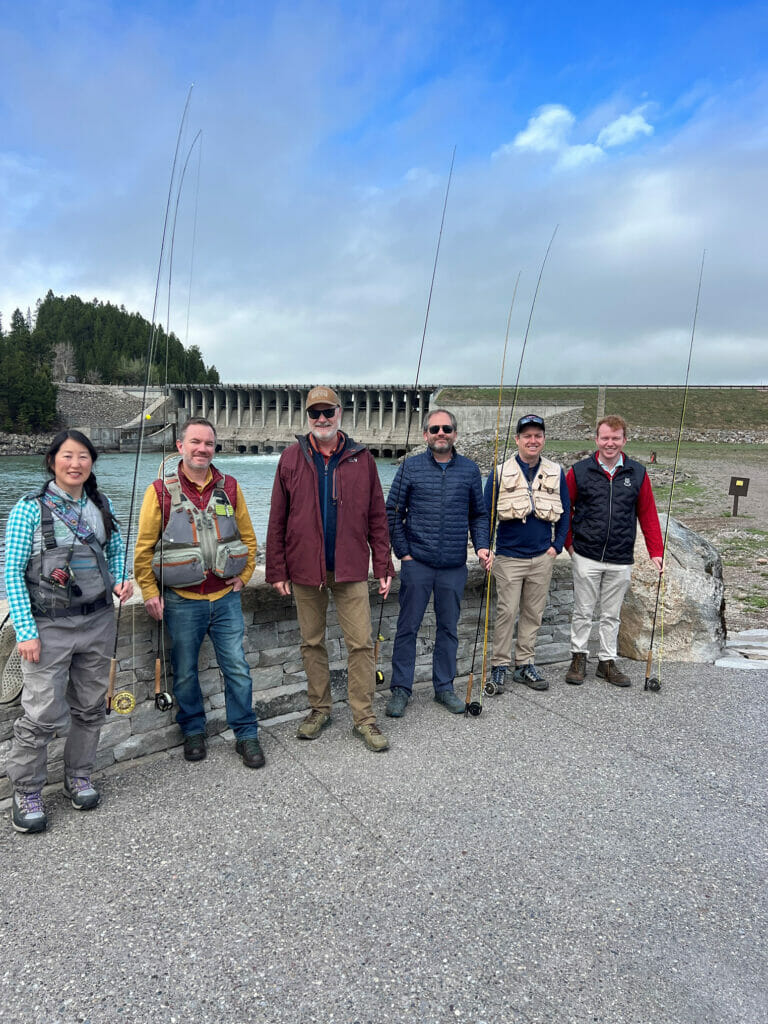
Looking ahead, the State of Wyoming and federal land and water management agencies have committed to developing a collaborative framework for water management decisions – that way fish and aquatic ecosystem health is considered, even during crises and unusual water conditions. TU is committed to working alongside our partners and community members on these longer-term solutions.
This post originally appeared on Trout Unlimited.

